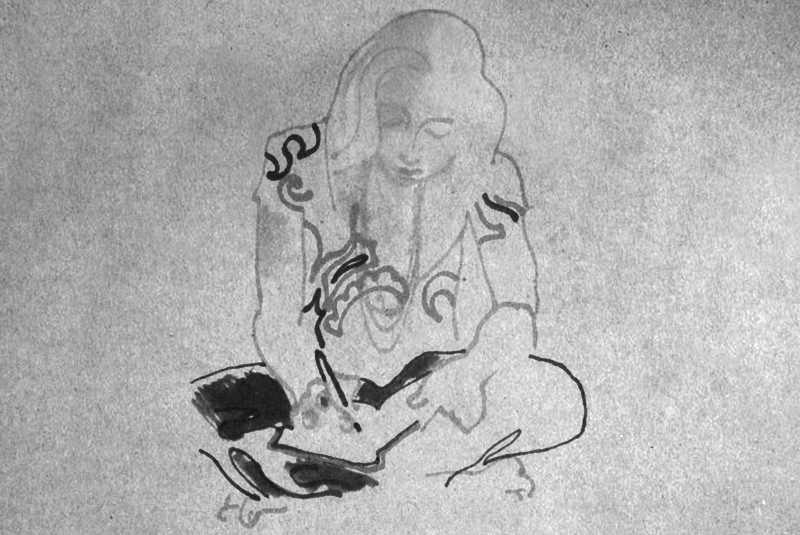Among Indian English poetry’s more tragic figures is Toru Dutt (1856 – 77). She left behind some fine poems–‘Our Casuarina Tree’ and ‘Sonnet’ are popular school and college textbook choices; she also completed a novel in French. What has intrigued many literary researchers, however, is her unfinished English novel, Bianca or The Young Spanish Maiden.
More than the contents of the novel itself, it is perhaps what its publication then might have spurred that has had researchers speculating. With its non-Indian protagonist seen through Dutt’s Europeanised eyes, it may have resulted in the Indian-English novel coming into its own earlier than it actually did–the mid-1930s with the publication of the first works of R K Narayan, Mulk Raj Anand and Raja Rao. And it would have been a cosmopolitan novel at that—something that Indian-English writing did not produce until the 1980s. But that was not to be. Left unfinished and not published until much later, it remains merely a signpost.
Something about unfinished works intrigues readers. One wonders about the routes the plot may have taken and what the publication of the work may have spurred in terms of inspiring others. Something akin to the ‘What If’ scenarios that historians speculate on or the ‘alternative histories’ that novelists (and screenwriters) in the last few decades have taken to imagining.
-30-
Copyright©Madras Courier, All Rights Reserved. You may share using our article tools. Please don't cut articles from madrascourier.com and redistribute by email, post to the web, mobile phone or social media.Please send in your feed back and comments to editor@madrascourier.com











